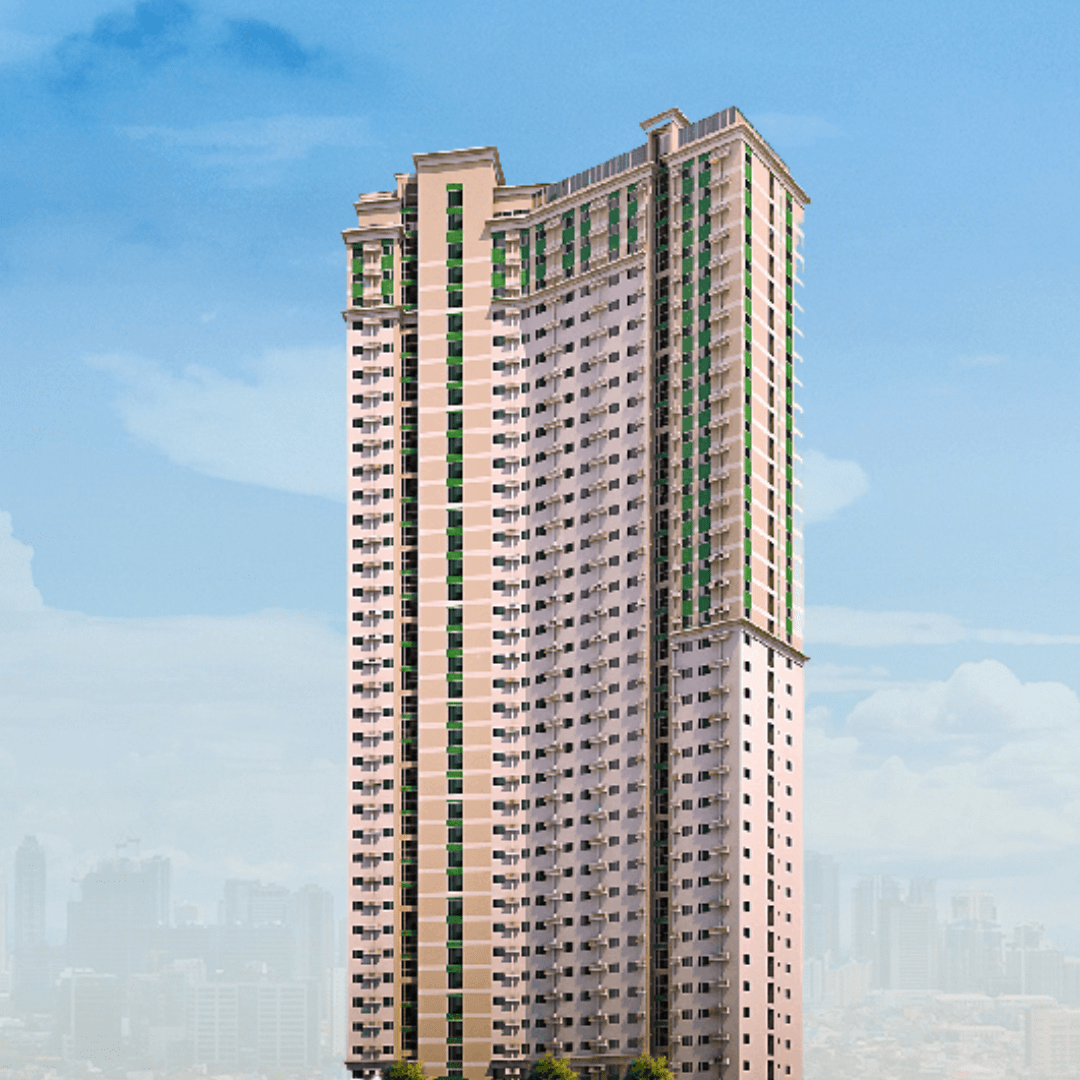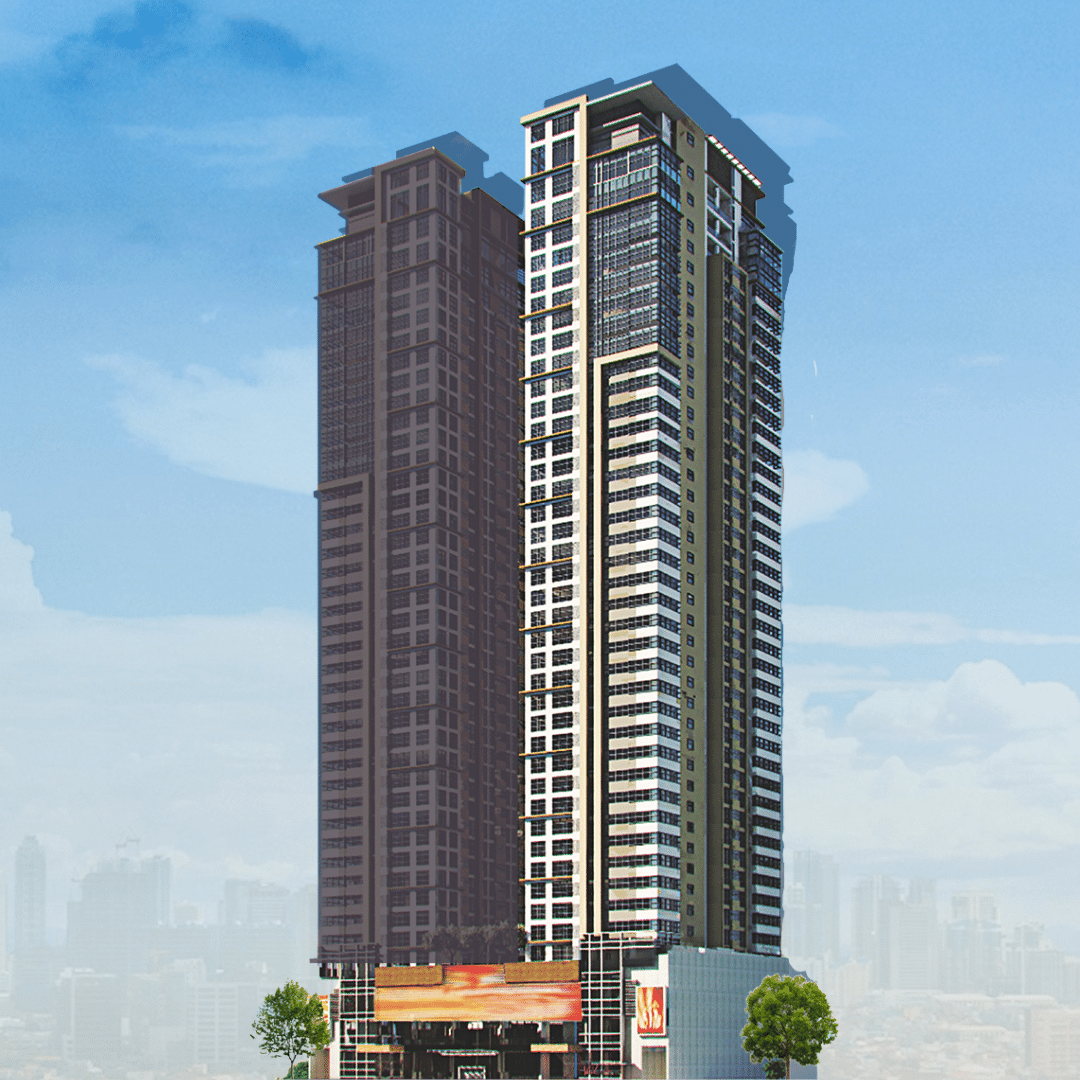What is the concept of Co-Living? Co-living in real estate refers to a housing arrangement where individuals, often unrelated, live together in shared spaces within a condominium. It emphasizes communal living, fostering a sense of community and social interaction among residents. What is co-living? CoLiving is a space that typically offers private rooms and shared common areas such as coworking spaces, gym, pool, etc.
The rise of co-living in the real estate industry can be attributed to several factors. Firstly, the changing demographics and lifestyle preferences of millennials and young professionals have created a demand for more flexible, affordable, and socially engaging living options. Co-living addresses these needs by providing a cost-effective alternative to traditional renting while also offering a built-in community of like-minded individuals.
Additionally, the increasing urbanization and rising housing costs in many cities have made it challenging for individuals to afford standalone apartments. Co-living presents an attractive solution by maximizing the efficient use of space and resources, allowing residents to enjoy shared amenities and services at a more affordable price point.
Furthermore, co-living offers a convenient and hassle-free living experience. Many co-living spaces provide furnished units, housekeeping services, and inclusive utility packages, reducing the burden of managing household chores and expenses.
Technological advancements and the emergence of specialized shared housing operators also support the rise of co-living in the real estate sector. These operators curate and manage co-living spaces, ensuring a seamless living experience for residents. Shared housing offers several benefits that contribute to its growing popularity among individuals seeking alternative housing options.
Here are some key advantages of co-living
Affordability
Living with other people does indeed offer a significant advantage in terms of affordability. The shared nature of co-living spaces allows residents to split the costs of rent, utilities, and other expenses, making it a more budget-friendly option compared to renting a traditional apartment or owning a standalone property.
In high-cost urban areas where housing prices are steep, co-living provides a practical solution for individuals who may not be able to afford the full cost of renting or owning a property on their own. By sharing the expenses with housemates, residents can significantly reduce their financial burden and allocate their resources more efficiently.
Furthermore, co-living often includes shared amenities such as kitchens, living rooms, coworking spaces, and recreational areas. These shared facilities eliminate the need for individual residents to invest in costly appliances or furnishings, further reducing their overall expenses. Additionally, shared services such as housekeeping, maintenance, and security may be provided, saving residents both time and money.
Co-living also allows for better utilization of space. With multiple individuals sharing a larger unit, the cost per square foot becomes more affordable compared to a smaller, individually occupied apartment. This efficient use of space is particularly beneficial in densely populated areas where living spaces are at a premium.
By choosing co-living, individuals can enjoy the benefits of affordable housing without compromising on quality or convenience. It is an attractive option for those seeking to save money, especially in high-cost urban areas, while still enjoying the comforts of a well-equipped and shared living environment.
Community and Social Interaction
The sense of community is a fundamental benefit of co-living. Living with like-minded individuals in a co-living space creates a unique opportunity for social interaction, collaboration, and networking. Here are some key aspects of community building in co-living:
- Social Interaction: Co-living is what encourages residents to connect and build relationships with their housemates. Living in close proximity to others creates natural opportunities for socializing, whether it's sharing meals, engaging in conversations, or participating in communal activities. The presence of fellow residents fosters a sense of belonging and camaraderie, reducing feelings of loneliness and isolation.
- Collaboration and Skill-Sharing: Co-living spaces often attract individuals from various backgrounds, professions, and areas of expertise. This diversity presents opportunities for collaboration and skill-sharing. Residents can leverage their unique skills and knowledge to support and learn from one another. Collaborative projects, workshops, or even impromptu brainstorming sessions can emerge within a co-living community, leading to personal growth and collective development.
- Networking: Co-living is what brings together a group of individuals who may share similar interests, aspirations, or professional goals. This environment creates a natural network where residents can connect, exchange ideas, and potentially collaborate on projects or career opportunities. Building a network within the co-living community can be valuable for personal and professional growth, opening doors to new connections and possibilities.
- Supportive Environment: Living in a co-living space means having a built-in support system. Housemates can offer emotional support, lend a helping hand during challenging times, and celebrate achievements together. A sense of community and shared experiences can provide a strong support network that enhances overall well-being and fosters personal growth.
- Community Events and Activities: Many co-living spaces organize community events, workshops, and shared activities to promote interaction and engagement among residents. These events can range from movie nights and game nights to fitness classes, cooking sessions, or skill-building workshops. Participating in these activities not only strengthens the bond among residents but also enhances the overall living experience.
The sense of community in co-living goes beyond simply sharing physical spaces. It creates an environment where residents can connect, collaborate, and support each other, leading to personal growth, increased happiness, and a more fulfilling living experience.
Convenience and Flexibility
Co-living spaces typically come furnished and equipped with essential amenities. This eliminates the need for residents to purchase furniture or set up utilities, saving time and effort. Additionally, many co-living arrangements offer flexible lease terms, allowing residents to have more freedom and adaptability in their living situations. Here's a closer look at these benefits:
- Furnished Spaces: Co-living spaces are typically fully furnished, providing residents with ready-to-use living arrangements. This eliminates the need for residents to purchase furniture, saving them both time and money. The spaces are thoughtfully designed and equipped with essential items such as beds, desks, chairs, and storage solutions. The convenience of moving into a furnished space allows residents to settle in quickly and focus on enjoying their living experience.
- Essential Amenities: Co-living spaces often come with essential amenities included in the package. These may include utilities such as electricity, water, and internet connectivity. Having these amenities already set up and included in the rent simplifies the process for residents, as they don't have to deal with the hassle of setting up individual utility accounts or paying separate bills. It provides a seamless living experience, with all the necessary services readily available.
- Flexibility in Lease Terms: Co-living arrangements typically offer flexible lease terms, providing residents with more freedom and adaptability in their living situations. This flexibility can include options such as short-term rentals, month-to-month agreements, or the ability to transfer between different co-living spaces within a network. Such flexibility allows residents to adjust their living arrangements to suit their changing needs, whether it's for a temporary stay or a longer-term commitment.
- Shared Services: In addition to furnished spaces and essential amenities, co-living spaces often provide shared services that contribute to convenience. These services may include regular cleaning of common areas, maintenance support, and even additional perks like access to fitness facilities or coworking spaces. By outsourcing these tasks and services, co-living spaces alleviate the responsibilities and time commitments typically associated with maintaining a household.
The combination of furnished spaces, essential amenities, and flexible lease terms in co-living makes it an appealing option for individuals who value convenience and simplicity. Residents can move in with minimal effort, enjoy a fully equipped living space, and have the flexibility to adapt their living arrangements to their changing needs.
Shared Resources and Services
Co-living provides access to shared resources and services that may not be feasible or affordable for individuals in traditional housing setups. Residents can enjoy shared facilities such as gyms, coworking spaces, laundry rooms, and communal kitchens. Some co-living spaces also offer additional services like housekeeping, maintenance, and organized social activities. Here's a closer look at the shared resources and services typically offered in co-living spaces:
- Shared Facilities: Co-living spaces often provide residents with access to shared facilities that promote convenience and a sense of community. These can include well-equipped gyms, fitness studios, or yoga spaces, allowing residents to prioritize their health and well-being without the need for expensive gym memberships. Additionally, co-working spaces or designated work areas are common in co-living setups, providing residents with a productive environment to work or study in.
- Laundry Facilities: Many co-living spaces offer on-site laundry facilities or provide access to communal laundry rooms. This eliminates the need for residents to invest in their own washers and dryers or deal with the inconvenience of finding and using public laundromats. Having access to shared laundry facilities within the co-living space saves time and effort when maintaining clean clothes and linens.
- Additional Services: Co-living spaces may offer additional services to enhance the living experience. These can include housekeeping services to maintain cleanliness in common areas, maintenance support to address any repairs or issues promptly, and even concierge services to assist residents with various needs or inquiries. These services help residents focus on their daily lives and alleviate the burden of managing household tasks.
- Organized Social Activities: Co-living spaces often foster a sense of community by organizing social activities and events for residents. These can range from movie nights and game tournaments to workshops, networking events, or group outings. Participating in these organized activities encourages social interaction, builds connections among residents, and creates a vibrant and engaging living environment.
By providing access to shared resources and services, co-living enhances the overall living experience. It allows residents to enjoy facilities and amenities that may be financially challenging to obtain individually. The sense of community, convenience, and opportunity for social engagement contribute to the appeal of co-living as a modern housing option.
Reduced Loneliness and Isolation
Co-living can help combat feelings of loneliness and isolation, particularly for those new to a city or looking for a stronger sense of community. The presence of housemates and shared activities can provide a support system and a sense of belonging, enhancing overall well-being. Here's a closer look at how co-living helps combat loneliness and promotes a sense of belonging:
- Built-in Social Network: Co-living spaces bring together individuals who share common living arrangements, creating an instant social network. The presence of housemates allows for regular interactions and the opportunity to build meaningful connections. Residents can engage in conversations, share meals, and participate in shared activities, fostering a sense of camaraderie and companionship.
- Support System: Living in a co-living environment provides a built-in support system. Housemates can offer emotional support, lend a listening ear, and provide companionship during challenging times. The presence of like-minded individuals who understand the ups and downs of city living can be comforting and reassuring. In times of need, residents can rely on their co-living community for support and assistance.
- Sense of Belonging: Co-living spaces often cultivate a sense of belonging and inclusivity. The shared experiences, shared spaces, and shared activities create a feeling of being part of a community. Residents can find comfort in knowing they are not alone in their living journey and can actively participate in shaping the co-living community's culture and dynamics.
- Shared Activities and Events: Co-living spaces often organize shared activities, events, and workshops to bring residents together. These can include movie nights, game nights, cooking classes, or community outings. Participating in these activities fosters connections and creates opportunities for residents to engage with one another. It helps break the ice, encourages social interaction, and creates shared memories.
- Emotional Well-Being: The presence of a supportive and inclusive community in co-living spaces contributes to overall emotional well-being. Residents experience a sense of belonging, which can lead to increased happiness, reduced stress levels, and improved mental health. The social connections and friendships formed in co-living environments provide a vital support system that enhances overall well-being.
Co-living offers an alternative to traditional living arrangements, emphasizing the importance of community and social connections. By combating feelings of loneliness and isolation, co-living promotes a stronger sense of belonging and contributes to residents' overall well-being.
Simplified Living Experience
Co-living simplifies the living experience by offering an all-inclusive package. Residents can enjoy the convenience of a single monthly payment that covers rent, utilities, and shared services, eliminating the need to handle multiple bills and individual responsibilities. Here's a closer look at how co-living simplifies the financial aspect of living:
- Single Monthly Payment: Co-living spaces typically offer a single monthly payment that covers rent, utilities, and shared services. This eliminates the need to handle multiple bills and ensures that residents have a clear understanding of their monthly expenses. With a single payment, residents can better manage their budgets and avoid the hassle of tracking and paying multiple bills separately.
- Transparent Pricing: Co-living spaces often have transparent pricing structures, making it easier for residents to understand the costs associated with their accommodation. The pricing typically includes all the essential amenities and services provided by the co-living space. This transparency helps residents plan their finances more effectively and eliminates surprises or hidden costs.
- Shared Services: Co-living arrangements often include shared services such as housekeeping, maintenance, and even organized social activities. These services are typically included in the monthly payment, simplifying the living experience. Residents can enjoy the benefits of these shared services without the need to individually coordinate or manage them.
- No Individual Utility Setup: The co-living provider frequently sets up and manages utilities in co-living spaces, such as electricity, water, and internet. This eliminates the need for residents to go through the process of setting up and managing individual utility accounts. Residents can enjoy the convenience of having these essential services readily available without the administrative burden.
- Maintenance and Repairs: Co-living spaces often have maintenance teams or dedicated staff who are responsible for addressing any repairs or maintenance issues within the property. Residents can simply report any concerns, and the co-living provider will handle the necessary arrangements. This saves residents the time and effort of dealing with maintenance tasks themselves.
By offering an all-inclusive package, co-living simplifies the financial aspects of living. Residents can enjoy the convenience of a single monthly payment that covers rent, utilities, and shared services, allowing for a more streamlined and hassle-free living experience.
Overall, co-living is rising in the real estate industry as it addresses the evolving needs and preferences of urban dwellers by providing affordable, community-oriented, and convenient living options in increasingly dense and expensive urban areas. These benefits make co-living an attractive option for individuals seeking affordable housing, community engagement, and a more convenient and socially fulfilling living experience.
For more information on Vista Residences, email [email protected], follow @VistaResidencesOfficial on Facebook, Twitter, Instagram, and YouTube, or call the Marketing Office at 0999 886 4262 / 0917 582 5167.






